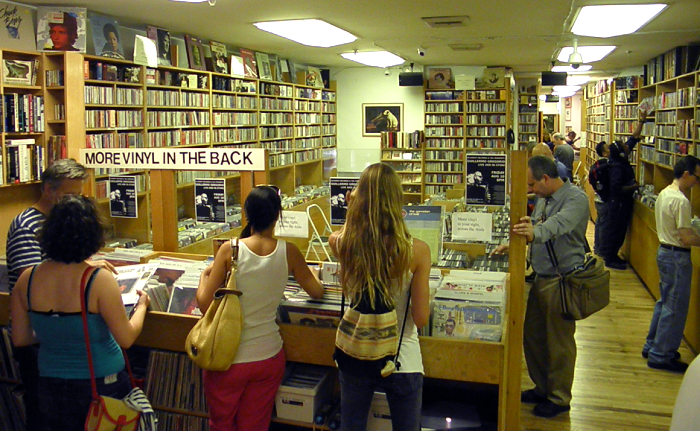Classical music listeners remained faithful to the physical album in 2015, even as CD sales across all genres dropped and overall streaming numbers nearly doubled.
A 2015 year-end report published Tuesday by Nielsen Music contains some revealing tidbits on classical listenership, notably that physical albums (CDs, vinyl) accounted for 45% of all classical music sold in the United States.
Album downloads accounted for 27% of classical sales. Streaming activity made up 22% of classical music sold (using an industry formula known as “Stream Equivalent Albums” (SEA), in which 1,500 streams equal one album sale).
The rest of the sales, 7%, were in “Track Equivalent Albums” (TEA), whereby 10 individual tracks sold equal one album.
Nielsen’s report overall shows that 241.4 million albums were sold in the United States, down 6% from 2014. CD sales dropped by 11% while streaming activity was up 93%.
Classical Music’s Share of the Pie
Theories about why many classical music buyers prefer physical albums to digital releases have ranged from an adherence to a collecting objects to the desire for tangible liner notes.
The genre accounted for 1.3% of all record sales in 2015 — a tiny share but not far off from several other genres including jazz (also 1.3%), children’s music (1.1%), Christian/gospel music (2.8%) and holiday/seasonal music (1.7%).
Classical music’s slice of the music market was nearly steady from 2014, when it accounted for 1.4% of total sales.
As for how one defines classical, well, that is for a larger discussion: Billboard’s ranking of the top-selling classical albums of 2015 shows that crossover dominates the picture, accounting for each of the top 10 slots, and a majority of others in the top 50. The top-selling album was “Shatter Me” a 2014 release by Lindsey Stirling, the violinist and YouTube sensation.








Leave a Reply